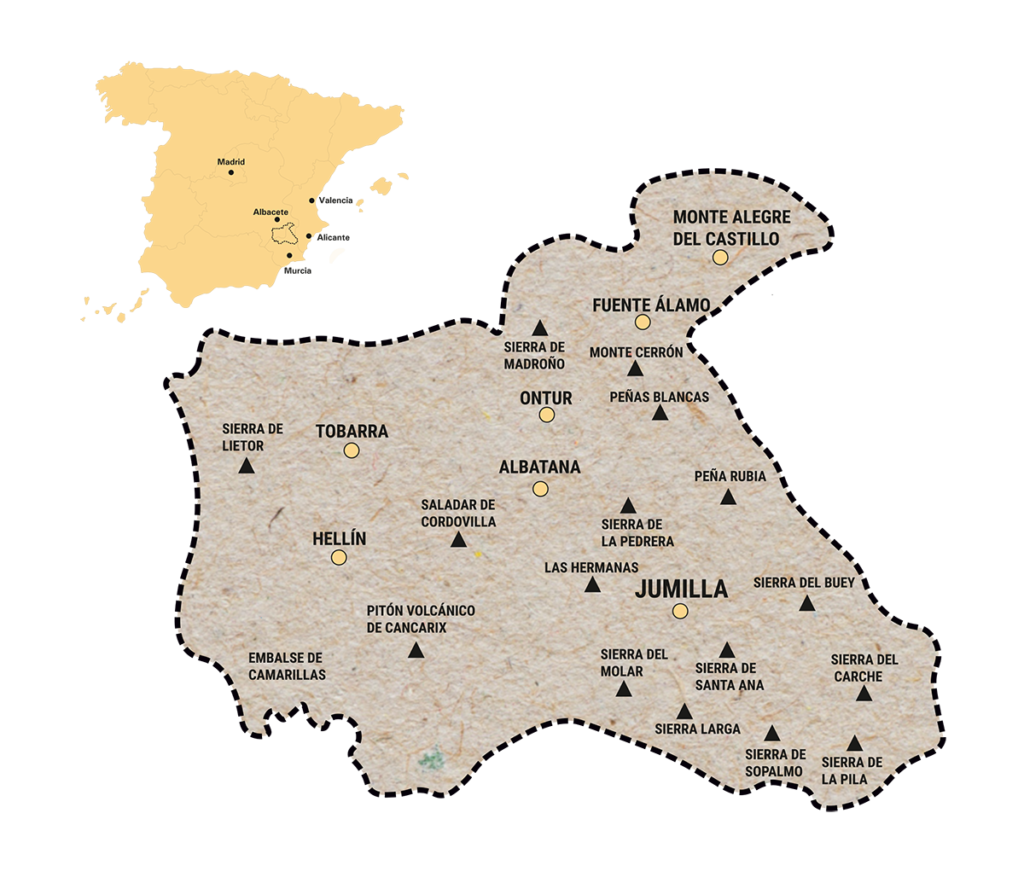In association with DO Jumilla.
In the past five years, exports from Jumilla to the United States have continued their upward trend, with an increase of 30% over 2015. Between August 2019 and July 2020, more than 3 million bottles of DOP Jumilla wine were imported into the US.
This is an increase of 20% more than the prior year, despite tariffs on wine from Spain and other European countries. While the wine world grappled with fallout from the double whammy of Covid-19 and US tariffs on imported wine, Spain’s Jumilla region kept doing what it does best: Producing well priced and well-made bottles for the domestic and export wine markets. While most wine regions in Spain export about 40% of their production and sell the remaining 60% domestically, the wineries of DOP (Protected Denomination of Origin) Jumilla (pronounced hoo-ME-ah) sells almost 70% of their wine in the foreign market.

This region in the center of Spain’s Mediterranean coast is home to over 42,000 acres of grapevines, of which about 2,500 acres are ungrafted vines. Monastrell, the signature grape of Jumilla, thrives without irrigation in hot, rocky vineyards that receive very little rainfall. The region gets less than 12 inches of rainfall per year and boasts cold winters, hot, dry summers, and arid limestone soil.
Altitudes range from 1,300 feet to 3,000 feet, and nights can be quite cold year-round. While this may not sound particularly hospitable for farming of any kind, it appears to be the ideal environment for Monastrell, especially that grown on old bush vines. Monastrell happens to thrive on slightly wild looking vines that seem more like the untrimmed shrubbery of a lazy neighbor than the neatly trellised rows one may see on visits to other wine regions.
Sign up to our Newsletter to receive news about Jumilla’s campaign in the US

Copyright 2021 © All rights Reserved. Design by Desembarco Llc